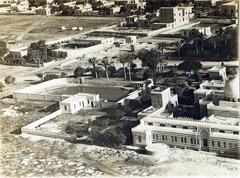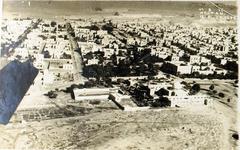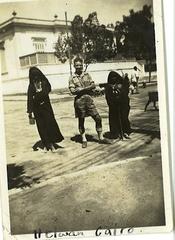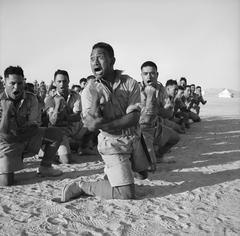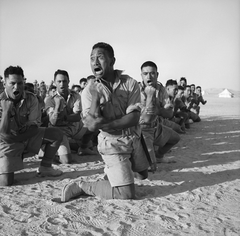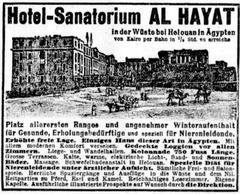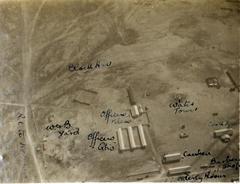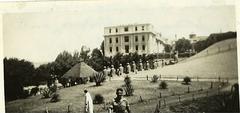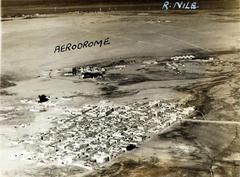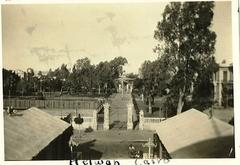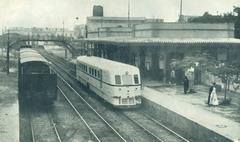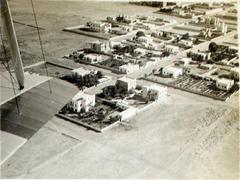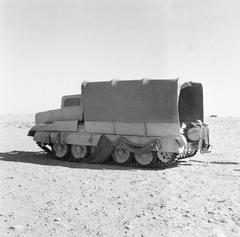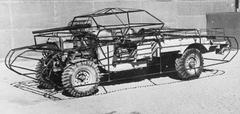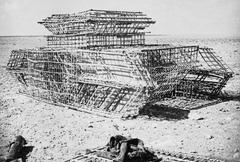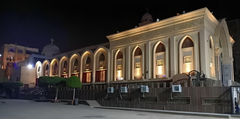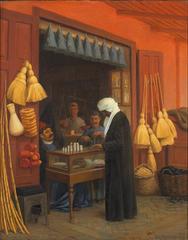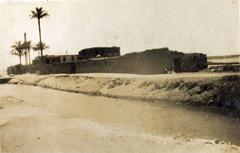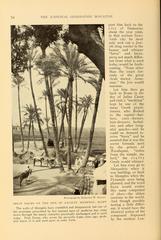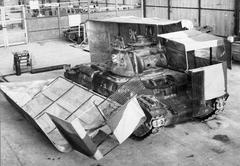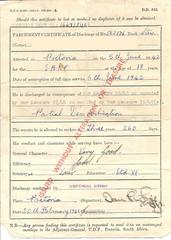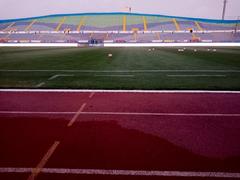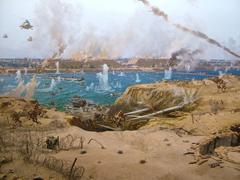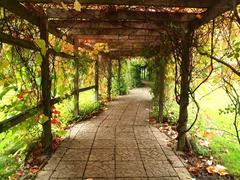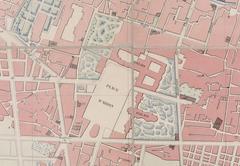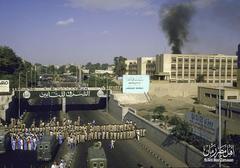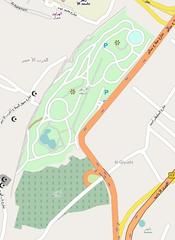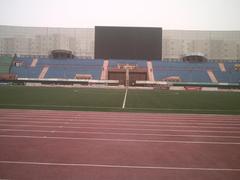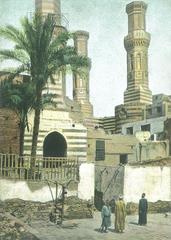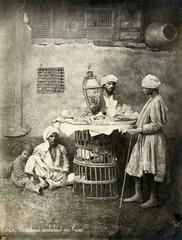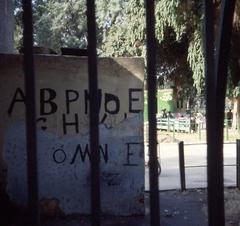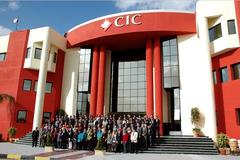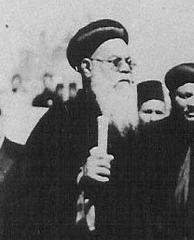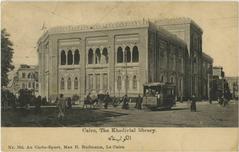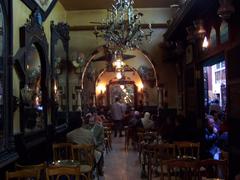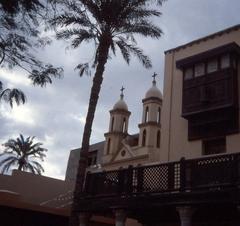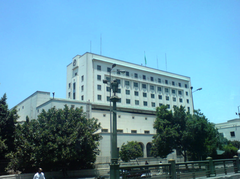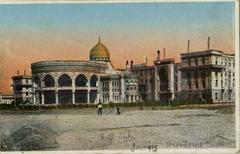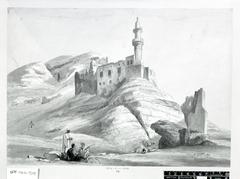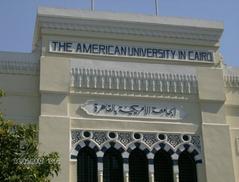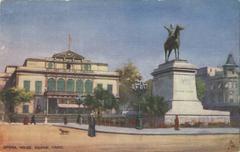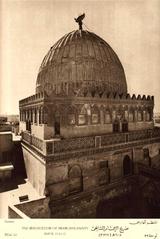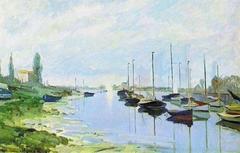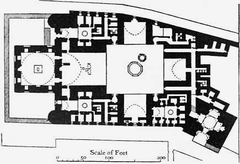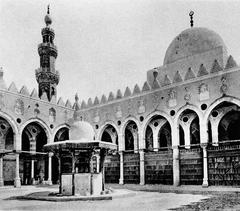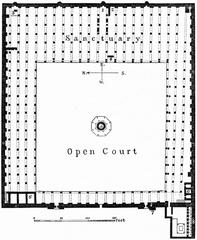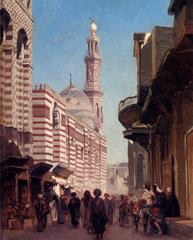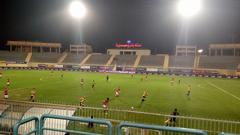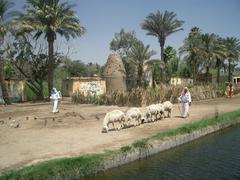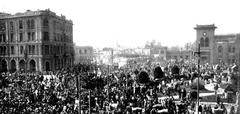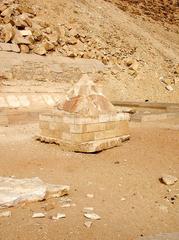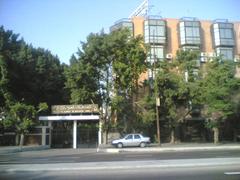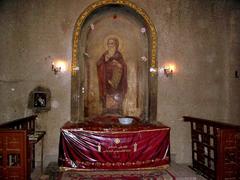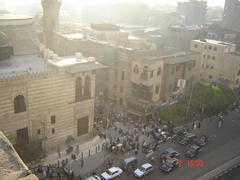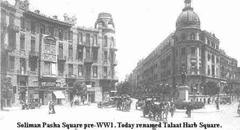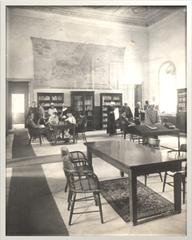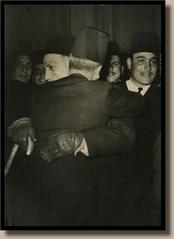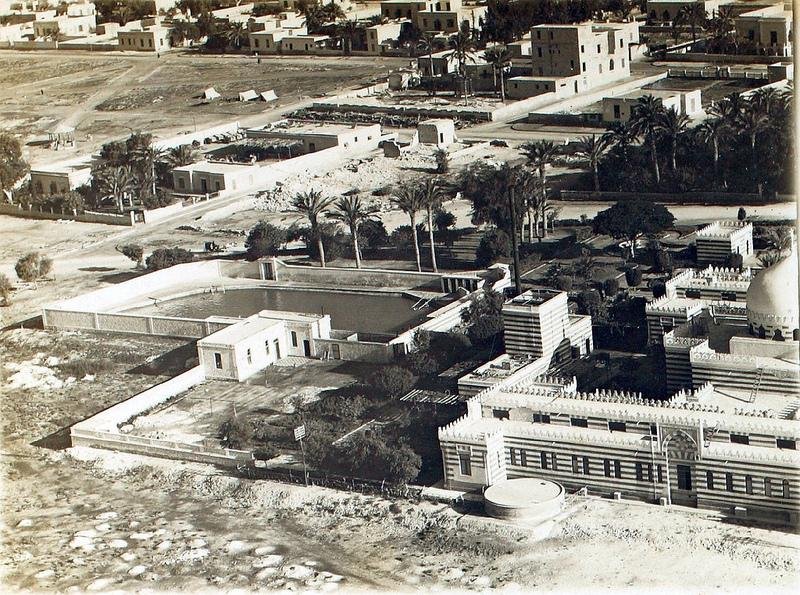
Qism Helwan Visiting Hours, Tickets, and Historical Sites Guide
Date: 14/06/2025
Introduction to Qism Helwan and Its Historical Significance
Nestled in the southern reaches of Cairo Governorate, Qism Helwan offers a compelling journey through Egypt’s layered history, blending ancient archaeological wonders with a vibrant contemporary culture. Renowned for its prehistoric settlements, ancient necropolises, spa heritage, and modern urban life, Helwan stands out as a microcosm of Egypt’s evolving identity (Wikipedia). This district’s rich legacy encompasses influences from the Roman, Coptic, Islamic, Mamluk, and Ottoman periods, reflected in its diverse architectural and cultural landscape.
Visitors to Qism Helwan can explore sites such as the Helwan Necropolis, a window into early Egyptian funerary practices; the tranquil Japanese Garden, a unique cross-cultural landscape; historic sulfur baths that fueled its 19th-century revival; and the soon-to-be-restored Princess Khadija’s Palace, which will serve as a center for cultural and interfaith dialogue (Landioustravel; CairoScene).
Conveniently accessible by Cairo Metro Line 1, Helwan offers seamless transport options, affordable ticketing, and guided tours to enhance your experience. Whether you are drawn by archaeology, wellness, or the pulse of local markets, this guide provides essential information on visiting hours, tickets, accessibility, safety, and nearby attractions (Egyptopia; Lonely Planet).
Contents
- Introduction and Historical Overview
- Key Historical Periods
- Cultural and Social Significance
- Main Attractions and Sites
- Visitor Information: Hours, Tickets, Accessibility
- Travel Tips and Safety
- Nearby Attractions
- Frequently Asked Questions (FAQ)
- Visual Resources
- Conclusion
Historical Background
Prehistoric and Ancient Roots
Qism Helwan’s history stretches back to the late Epipalaeolithic period, with the Helwan and Isnian cultures pioneering microlithic tool-making—an innovation that influenced regional cultures and likely contributed to the spread of Proto-Semitic languages (Wikipedia). During Egypt’s Early Dynastic and Old Kingdom eras (c. 3000–2600 BCE), Helwan was the site of a significant necropolis serving ancient Memphis. The discoveries here illuminate early Egyptian funerary customs and social hierarchies.
Roman, Coptic, and Early Islamic Eras
Helwan thrived as a multicultural hub during the Roman and Coptic periods, inhabited by Christians, Jews, Greeks, and Italians, who established monasteries, churches, and synagogues. The name “Helwan” likely evolved from “Hay-wan,” underscoring this diverse heritage (Landioustravel). The Islamic era marked a pivotal shift: in 686 CE, Umayyad governor Abd al-Aziz ibn Marwan made Helwan the temporary capital of Egypt, spurring the construction of palaces and mosques (Wikipedia).
Mamluk and Ottoman Periods
The Mamluk era saw Helwan regain prominence, with new palaces and mosques reflecting its temporary status as the seat of government. The Ottoman period, however, brought administrative decline and neglect (Egyptopia).
19th Century Revival and Modernization
Helwan’s renaissance began in the 19th century under Khedive Ismail, who capitalized on the district’s famed sulfur springs. Khedive Abbas Helmy II expanded spa facilities, and the opening of the Cairo-Helwan railway turned the area into a fashionable retreat for Egypt’s elite. Landmarks such as the “Grand Hotel” (now Helwan Secondary School for Girls) trace their roots to this era (Landioustravel).
20th Century Developments
The early 20th century brought scientific prestige with the Khedivial Astronomical Observatory (1903–1904), which played a key role in regional celestial observations. The Behman Hospital (opened in 1939) and RAF Helwan contributed to Helwan’s reputation as a center for health and strategic military activity. Industrialization post-1950s, particularly with the Helwan Iron and Steel Company, transformed Helwan into a manufacturing hub (Wikipedia).
Contemporary Significance
Briefly the capital of its own governorate (2008–2011), Helwan is now a vital part of Greater Cairo, home to educational institutions like Helwan University, modern museums, and community centers (Egyptopia; Hurghada Lovers).
Cultural and Social Significance
Heritage and Religious Pluralism
Qism Helwan is an emblem of Egypt’s religious and cultural diversity. The restoration of Princess Khadija’s Palace into a cultural and religious center highlights its role in fostering interfaith dialogue and preserving Egypt’s pluralistic heritage (CairoScene). Exhibitions and educational programs at the palace will narrate Egypt’s storied journey through ancient beliefs to Judaism, Christianity, and Islam.
Community and Daily Life
Helwan’s community includes long-standing Cairene families, students, and workers from across Egypt. Hospitality, expressed through shared tea and local delicacies, is central to social interactions (OverYourPlace). Religious life is vibrant, with mosques, churches, and synagogues contributing to the area’s unique urban character.
Cultural Institutions and Events
The transformation of Princess Khadija’s Palace and the presence of local art spaces invigorate Helwan’s cultural scene, offering exhibitions, lectures, and events that celebrate Egypt’s heritage (The Green Voyage). The district’s bustling markets and street food stalls provide authentic day-to-day experiences (OverYourPlace).
Architecture and Urban Identity
A mix of Ottoman-era mansions, early 20th-century villas, historic bathhouses, and modern developments define Helwan’s architectural landscape. Restoration projects aim to preserve these eclectic features while adapting historic buildings for public use (CairoScene).
Main Attractions and Sites
Helwan Necropolis
A vast burial ground dating to the Early Dynastic Period (c. 3100–2686 BCE), the Helwan Necropolis offers rare insights into non-royal ancient Egyptian society. Access is limited and by appointment only, requiring arrangements through official channels.
- Visiting Hours: By appointment
- Tickets: Arranged via Ministry of Tourism or authorized operators
Japanese Garden
Established in the early 20th century, the Japanese Garden is a tranquil park featuring koi ponds, stone lanterns, and arched bridges—a unique example of Japanese landscape design in Egypt.
- Visiting Hours: Daily, 8:00 AM – 6:00 PM
- Tickets: Free
- This is Cairo
Helwan Wax Museum
This museum features lifelike wax figures from Pharaonic to modern times, offering educational exhibits for all ages.
- Visiting Hours: Sunday–Thursday, 9:00 AM – 4:00 PM
- Tickets: ~30 EGP (discounts for students and children)
Historic Sulfur Baths and Hot Springs
Once a spa town, Helwan’s natural hot springs remain popular for their therapeutic properties.
- Visiting Hours: Varies by facility, typically 9:00 AM – 8:00 PM
- Tickets: 100–250 EGP depending on the bathhouse
- Maps of World
Helwan Sculpture Museum
Home to over 3,000 artifacts, the museum showcases Pharaonic, Coptic, and Islamic art.
- Visiting Hours: 9:00 AM – 5:00 PM daily
- Tickets: 50 EGP (foreigners), 20 EGP (Egyptians)
- Cairo Tourism
Princess Khadija’s Palace
Currently being transformed into a major cultural and religious center, this palace will host exhibits, lectures, and interfaith events.
- Visiting Hours: Tuesday–Sunday, 9:00 AM – 5:00 PM (closed Mondays)
- Tickets: 50 EGP (discounts for students/seniors)
- Guided Tours: Available upon request
- CairoScene
Religious Sites
Notable mosques and churches reflect Helwan’s religious diversity. The Helwan Mosque and several Coptic churches are open to visitors during daylight hours; modest dress is required.
Helwan University Campus
Open to the public, the university features a blend of modern and traditional architecture and hosts cultural events.
Visitor Information
Getting There and Local Transport
- From Cairo International Airport: ~1 hour by taxi. Fixed-rate taxis (e.g., Sinai Taxi) or ride-hailing apps (Uber, Careem) are recommended.
- By Metro: Cairo Metro Line 1 (Red Line) to Helwan Station, the southern terminus.
- Local Transport: Taxis and ride-hailing apps are convenient; walking is possible in central areas.
Accessibility
Most major attractions, including the cultural center, are wheelchair accessible. Some archaeological sites may have uneven terrain.
Accommodation and Dining
Helwan offers budget and mid-range hotels; many visitors stay in nearby Maadi or central Cairo for more choices (HikersBay). Local cuisine features koshari, ful medames, and taameya; international options are available in hotels and larger restaurants.
Safety and Health
- Helwan is generally safe; exercise standard precautions against petty theft.
- Avoid political gatherings and demonstrations.
- Use bottled water for drinking and avoid ice (Lonely Planet).
- Tipping is customary in restaurants and taxis.
Money and Practical Tips
- Egyptian Pound (EGP) is the local currency; cash is essential in markets and small shops.
- ATMs are widely available (use those attached to banks).
- Modest dress is required at religious sites.
- Learn a few Arabic greetings to enhance your experience.
Travel Tips and Insider Hacks
- Best Time to Visit: October–April (mild weather; 18–28°C) (Travellers Worldwide).
- Booking: Arrange guided tours and accommodations in advance, especially during peak seasons.
- Photographic Spots: Sunrise at the necropolis, sunset by the Nile Corniche, Japanese Garden in bloom.
- Local Etiquette: Always ask before photographing people or inside places of worship.
Frequently Asked Questions (FAQ)
Q: What are Helwan’s main visiting hours?
A: Most sites open 8:00/9:00 AM to 4:00/6:00 PM; always check in advance.
Q: Do I need tickets for Helwan’s attractions?
A: Yes, most sites charge 20–50 EGP; some, like the Japanese Garden, are free.
Q: How do I reach Helwan from central Cairo?
A: Use Metro Line 1 to Helwan Station, or take a taxi/ride-share.
Q: Is Helwan safe for solo travelers and families?
A: Yes, with standard urban precautions.
Q: Are guided tours available?
A: Yes, especially for necropolis, museums, and wellness centers; book in advance.
Visual Resources
Alt tags for images:
- “Helwan Necropolis archaeological site under clear sky”
- “Japanese Garden in Helwan with blooming cherry blossoms”
- “Historic sulfur baths in Helwan, Cairo”
- “Helwan Metro station entrance with signage”
Conclusion
Qism Helwan is a captivating destination that interlaces Egypt’s deep historical roots with dynamic urban life. Visitors can explore ancient burial grounds, relax in therapeutic hot springs, and immerse themselves in Cairo’s evolving social fabric. With accessible transport, diverse attractions, and a growing emphasis on cultural preservation and interfaith dialogue, Helwan offers a rewarding experience for history buffs, wellness seekers, and cultural explorers alike.
To maximize your visit, check updated hours and ticket information, consider guided tours, and embrace Helwan’s welcoming community. For real-time updates, guided experiences, and insider tips, download the Audiala app and connect with us on social media. Start your journey—Helwan’s stories await!
References and Further Reading
- Helwan – Wikipedia
- Exploring Helwan: Visiting Hours, Tickets, and Historical Sites in Cairo – Landioustravel
- 122-Year-Old Palace In Helwan To Become A Cultural And Religious Centre – CairoScene
- Tourism in Helwan – Egyptopia
- Things to Know Before Traveling to Cairo – Lonely Planet
- King Farouk Corner Museum – Hurghada Lovers
- Best Time to Visit Cairo – Travellers Worldwide
- Cairo Tourist Information – HikersBay
- Sinai Taxi Cairo Airport to Helwan
- Cultural Treasures of Cairo – The Green Voyage
- Cairo Culture, Traditions, History, Customs & Festivals – OverYourPlace
- Is Cairo Safe to Visit? – Travellers Worldwide
- Travel Safe Abroad: Egypt
